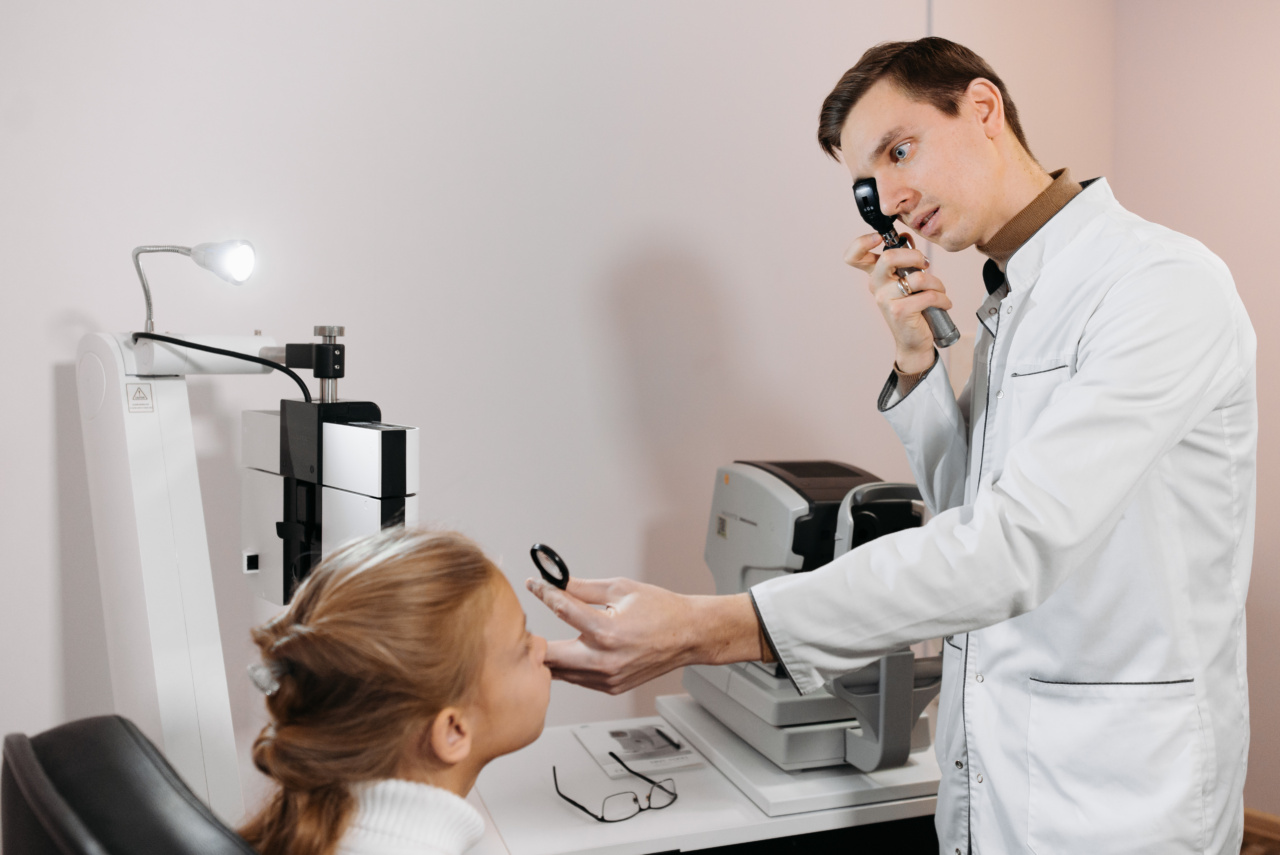Regular hearing tests are crucial to ensure early detection of hearing loss and prompt intervention. Traditionally, these tests have primarily focused on examining the ears and auditory system.
However, with advancements in medical technology, a new approach has emerged – an innovative hearing test that combines an eye examination to provide a comprehensive assessment of an individual’s hearing health. This unique approach offers multiple benefits and enhances the accuracy of diagnosing hearing impairments.
Why combine a hearing test with an eye examination?
The human auditory and visual systems are closely intertwined, and research has shown that there is a strong link between vision and hearing. When sound enters the ears, it triggers complex electrical signals that travel to the brain for interpretation.
Similarly, visual stimuli are received by the eyes and transmitted to the brain for processing. By combining a hearing test with an eye examination, healthcare professionals can gather a more holistic understanding of an individual’s overall sensory health.
Moreover, several underlying medical conditions can affect both hearing and vision. For instance, diabetes and high blood pressure can lead to vascular changes that impact both the eyes and ears.
By conducting a joint examination, healthcare providers can identify potential systemic conditions that may be contributing to hearing loss or visual impairments.
Benefits of an innovative hearing test with an eye examination
1. Enhanced accuracy: When it comes to diagnosing hearing impairments, combining a hearing test with an eye examination improves the accuracy of the results.
It allows healthcare professionals to identify any co-existing issues that may be affecting an individual’s hearing health or visual acuity.
2. Early intervention: Early detection is crucial for managing hearing loss effectively.
By identifying potential hearing impairments through a comprehensive assessment, healthcare providers can recommend appropriate interventions at an earlier stage, potentially preventing further deterioration and improving quality of life.
3. Comprehensive evaluation: An innovative hearing test with an eye examination enables a thorough evaluation of an individual’s overall sensory health.
The results provide valuable insights into the interplay between the auditory and visual systems, facilitating a more comprehensive understanding of an individual’s well-being.
4. Time-saving: Combining a hearing test with an eye examination eliminates the need for separate appointments and multiple visits to healthcare professionals.
This streamlined approach saves time for both the healthcare provider and the patient, making it a convenient option for individuals seeking a comprehensive assessment of their sensory health.
Procedure of an innovative hearing test with an eye examination
An innovative hearing test with an eye examination typically involves the following steps:.
Step 1: Patient history and ear examination
The healthcare provider begins by gathering the patient’s medical history and conducting a basic examination of the ears.
This examination may include inspecting the outer ear, checking for blockages or abnormalities, and noting any subjective complaints from the patient related to their hearing.
Step 2: Visual acuity assessment
Next, the healthcare provider evaluates the patient’s visual acuity. This examination involves reading letters or symbols from a standardized eye chart to determine the sharpness of the patient’s vision.
It helps identify any visual impairments that may be co-existing with hearing loss.
Step 3: Audiometric evaluation
Once the preliminary assessments are complete, the hearing test begins. The patient is typically placed in a soundproof booth to eliminate any external noise interference.
The healthcare provider then uses specialized equipment to measure the patient’s ability to hear sounds at different frequencies and volumes. This assessment provides crucial information about the patient’s hearing thresholds and the severity of any hearing loss.
Step 4: Integration of findings
After both the eye examination and the hearing test, the healthcare provider integrates the findings to paint a comprehensive picture of the patient’s sensory health.
By combining the results, they can identify potential correlations and determine appropriate interventions or referrals if necessary.
The future of combined sensory health assessments
The innovative hearing test with an eye examination is just one example of how healthcare is evolving to provide more comprehensive and efficient assessments of patient well-being.
In the future, we can expect further advancements in technology and research that will enable healthcare professionals to integrate different diagnostic modalities to enhance the accuracy and convenience of medical evaluations. These integrated approaches have the potential to revolutionize healthcare delivery, leading to earlier identification and improved management of various conditions.
Conclusion
An innovative hearing test with an eye examination offers a comprehensive assessment of an individual’s sensory health, providing valuable insights into the correlation between hearing and vision.
By combining these two evaluations, healthcare professionals can detect hearing impairments and visual impairments accurately, leading to early intervention and improved patient outcomes. As technology continues to advance, integrated approaches like this will pave the way for enhanced healthcare delivery and a more holistic understanding of patient well-being.




























